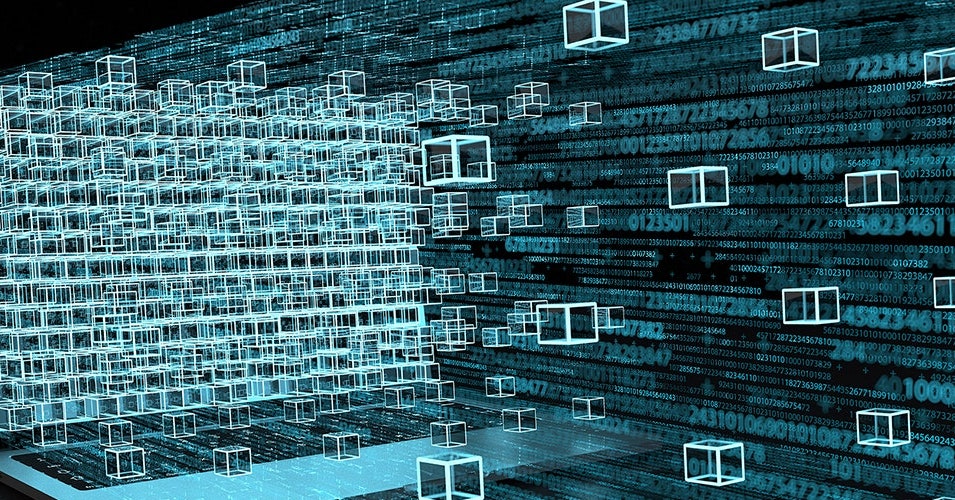THE HYPE AROUND WEB3 IS WILD. Last year, investors pumped $23.7bn into startups associated with the idea, while Google search traffic for the term jumped by almost 10,000 percent. To some, this supposed ‘next version of the web’ promises not only a new era of online life, but nothing less than a new stage in the evolution of capitalism. “We’re witnessing the birth of a new economic system,” wrote Artfunder founder Salvatore Delle Palme in his December blog post ‘On The Promise Of Web3’. “Its features and tenets are just now being devised and refined in transparent ways by millions of people around the world. Everyone is welcome to participate.”
Not everyone has accepted the invitation. Some of the biggest names in technology have publicly poured scorn on Web3. Twitter co-founder Jack Dorsey dismissed it as a venture capitalist ploy. Elon Musk said it was just a marketing buzzword. Computer scientists and software developers have written eviscerating, widely shared essays with titles like ‘The Web3 Fraud’, ‘Web3 Is Bullshit’ and ‘Web3 Is A Stupid Idea’.
So what exactly is Web3, and is it the future? A January survey of 1,500 US consumers found that 54 percent had never even heard of it.
Well, here’s the pitch. Web 1.0 was the first phase of the World Wide Web. This was the age of GeoCities, Netscape and bright blue hyperlinks. Webpages were static, interaction was minimal, and the online world was effectively a giant digital library – with added GIFs. This lasted until the mid-2000s when Web 2.0 came along. Suddenly, to publish something on the internet, you no longer needed to make a website and find someone to host it – and thus the web’s content consumers were now also its content creators. Blogs, comments, updates, posts, tweets and likes were everywhere. Where once you might have looked at Encarta online, you now searched Wikipedia – and perhaps also contributed to an entry. To quote Tim O’Reilly, the influential technologist who popularised the term Web 2.0 in 2004, this was “the web as platform”.
However, some spied a problem. While Web 1.0 felt open and community-driven, Web 2.0 – which remains the web we have today – is dominated by a small number of companies. To critics, these tech giants account for a troubling share of internet use and global computing that focusses undue power in their hands. What they see as an unsettling business model also prevails: a devil’s bargain whereby users give up their data in exchange for free access to online services. Since the platforms control that data, you can’t easily take it with you if you wish to use a competitor. Oh, and all the clever things you post on social media? They don’t necessarily make a penny for you – but they make the platforms rich. In Web 2.0, we are the product.
But fear not, say the acolytes of Web3 (as they like to style it). In the next era we are going to fix all that. How? As if you needed to ask: blockchain.
A QUICK OVERVIEW. Blockchain is the technology behind Bitcoin and other cryptocurrencies. Simply put, it is an exhaustive record of all the transactions that happen within a network but it isn’t held on one central computer. Instead, all of the computers in that network have a complete copy of the record. New transactions are only added to the blockchain when a set threshold of computers agree they’re valid. That makes it theoretically tamper-proof and, if a government or hacker shuts down one computer, no bother: there are copies on countless other machines. A consequence of this model is that you don’t need a trusted third party to facilitate an interaction or grant permission for it to occur. Contrast that to paying a bill from your regular current account – the banks, and the regulators that govern them, mediate the whole process. With blockchain, power is decentralised, spread among the users of the network.
To those who believe that tech is too centralised, blockchains seem ideally suited to remake it. This is because they aren’t just about peer-to-peer currency. They can also run code. A blockchain like Ethereum, for instance, not only sustains the Ether cryptocurrency but also provides the means to run decentralised applications (known as dApps) or create decentralised business structures (Decentralised Autonomous Organisations, or DAOs).
This news is republished from another source. You can check the original article here

